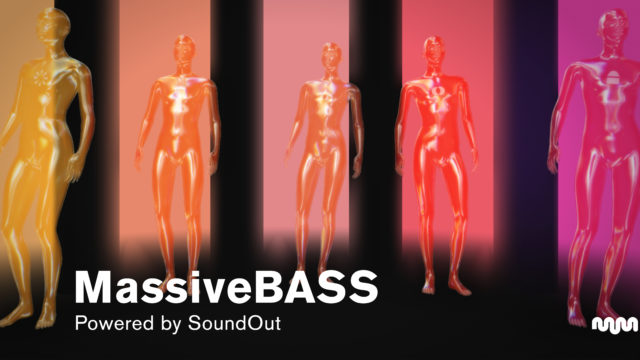Audio channels are trending with consumers, yet branding investments are still overwhelmingly visual
Today, consumers are more connected than ever through devices such as watches and wearables, connected home appliances, voice-activated smart speakers and passenger vehicles. Each of these is a new pathway to meet audiences where they are.
For creative brands, the opportunity for sensory connection is rich. And in the realm of multisensory marketing, one opportunity speaks louder than words: Sonic branding.
The sonic boom
Not every interaction has a sound component yet, but consumer data shows we’re headed quickly in that direction. Nearly half of U.S. internet users own at least one smart speaker, according to an August 2021 Comscore survey.
These devices are a prime example of two-way sonic interaction; when a user summons Alexa, Siri or Google, the brand has no choice but to respond. The boom is one example of a broader trend: Consumers are increasingly connecting through sound- and voice-driven channels.
At the same time, established sonic media platforms, like podcasts and live audio streams, have extended their reach. Spotify, an early innovator in music streaming, and multiple big-tech music services are competing on user experience. And TikTok, a newer entrant to the social sharing space, says it developed its “sound-on” environment with branding power in mind.
Yet companies’ branding investments are still overwhelmingly visual. It is rare to see an overarching sonic strategy in play.
Since there are few rules to follow at the moment, the pioneers in this space have the power to write their own playbooks. Companies that move quickly have the chance to really differentiate their brands.
Building a sonic brand
Successful sonic branding requires experimentation. At its core, sound marketing is a science, so a solid understanding of how humans react to sound is a good starting point. Choosing the right partners at every stage is essential for success.
Experts in neurology and the science of music can help marketers develop a fundamental sound that resonates with audiences and creates human connections regardless of platform. Creative partners such as composers, musicians and voice artists should understand music as well as the brand. Look for those who are committed to innovation and have the appropriate resources and connections for the scope of your mission.
The core melody a team creates together must be pleasant and neutral. Something subtle but memorable that people will find themselves humming later on.
It should be suitable and adaptable to a variety of uses and versatile enough to work in many cultures and geographies. Once a brand nails that, it has its sonic DNA, which is the basis for an entire sound architecture.
From here, marketers can work with musicians to create sounds for every situation and environment. Starting with the platforms that matter most to the brand, a creative team can build out a universal and strategic sonic portfolio.
Sound strategy
To form a strong association, sound marketing must reach consumers at multiple touch points. The most effective sonic strategies are layered, with numerous versions and components specifically designed for a range of devices and applications.
These can include audio and TV campaigns, mobile apps and services, social videos and posts, sponsored and company events and point-of-sale interactions. This creates an immersive and memorable user experience that can forge valuable emotional connections with an audience at every touch point.
Amp’s 2022 Best Audio Brands report finds that a robust sonic strategy can increase brand recognition and loyalty and, as a result, is positively correlated with brand value. This is a marketer’s guiding light and proof that investing in marketing innovation drives long-term business success.
As our daily interactions continue to shift online, our world becomes increasingly connected—and complex. To succeed in this new age of quantum marketing, brands must find creative ways to engage their audiences. Companies that approach sonic branding strategically, and implement it thoughtfully, can create powerful, authentic sensory experiences that drive recognition, inspire engagement and strengthen brand trust.














